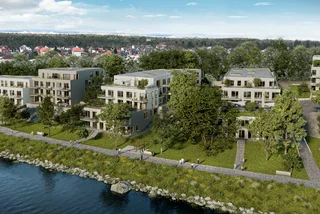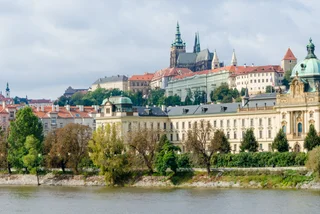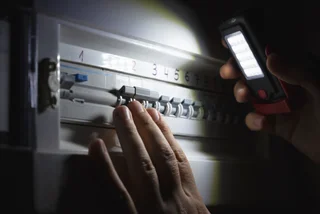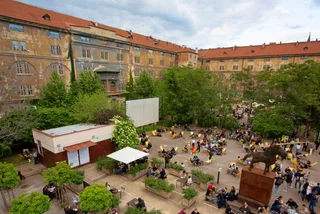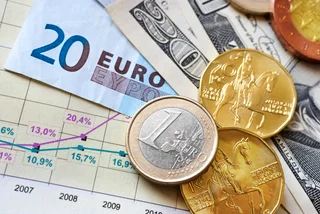Prague residents are now paying some of the highest prices in Europe for tap water, with costs surpassing those in Western capitals such as London, Paris, and Berlin. This shift comes after decades of steady increases that have made water in the Czech Republic significantly more expensive than in most neighboring countries.
The price of one cubic meter of water in the Czech capital has climbed to CZK 151, according to recent data. For comparison, that's about three times higher than in Berlin, where residents pay the equivalent of around CZK 55 per cubic meter. The disparity highlights a long-term trend in which Czech households have shouldered rising water bills, even as consumption has declined.
Analysts point to a mix of historical underinvestment, privatization, and rising infrastructure demands as key reasons behind the increases. These factors have left Prague residents paying more for a basic necessity than many of their counterparts in wealthier European cities.
Why Prague water is more expensive
According to analysis by Novinky.cz, the price of tap water in Czechia has increased more than 170-fold since the early 1990s, when the government began privatizing water services. At that time, one cubic meter cost less than one crown. Today, Prague households face costs above CZK 150, higher than in cities traditionally seen as more costly.
Experts cite several reasons for the price gap. One factor is taxation: value-added tax (VAT) on water in the Czech Republic stands at 12 percent, higher than in many other European countries.
Another is the state of infrastructure. Much of the country’s water network was in poor condition after 1989, forcing municipalities to either take on heavy repair costs or lease systems to private operators, often foreign companies such as Veolia or Suez.
These companies run water as a commercial enterprise, adding profit margins to the cost of supply. Investment requirements have also played a major role. Upgrades to treatment plants and distribution systems, often mandated by stricter European regulations, have required billions of crowns in funding.
PARTNER ARTICLE
Regional and European comparisons
The cost of water in Prague is not only high by international standards but also uneven across the Czech Republic. Some regions charge similar rates to the capital, while others pay significantly less, sometimes as little as half the price. Differences depend on factors such as the type of water source, the size of the infrastructure network, and the level of past investment.
The Czech trend also stands out within the European Union. Over the past decade, water prices in the country have risen by more than 50 percent, compared with an average increase of about 25 percent across the EU, according to Eurostat data. Only Romania and Bulgaria recorded steeper growth.
Prague residents now pay more than their counterparts in Vienna, where water remains largely under public control and costs around CZK 127 crowns per cubic meter. In Paris, the price is roughly CZK 100 per cubic meter, and in London about CZK 113. Munich reports prices below CZK 100 per cubic meter, while Warsaw (CZK 86) and Bratislava (CZK 73) also have significantly lower prices than Prague.
Do you try to save on water usage?
Meanwhile, Czech households are using less water as prices rise. Daily consumption per person has dropped by nearly half since 1990, from about 170 liters to less than 90. While this reflects greater efficiency and conservation, experts note it also increases costs per unit because fixed infrastructure expenses are spread over fewer cubic meters.
The long-term pattern suggests Czech consumers will continue to face high water costs, even as investment in infrastructure and environmental protection remains a priority.












 Reading time: 3 minutes
Reading time: 3 minutes 
















